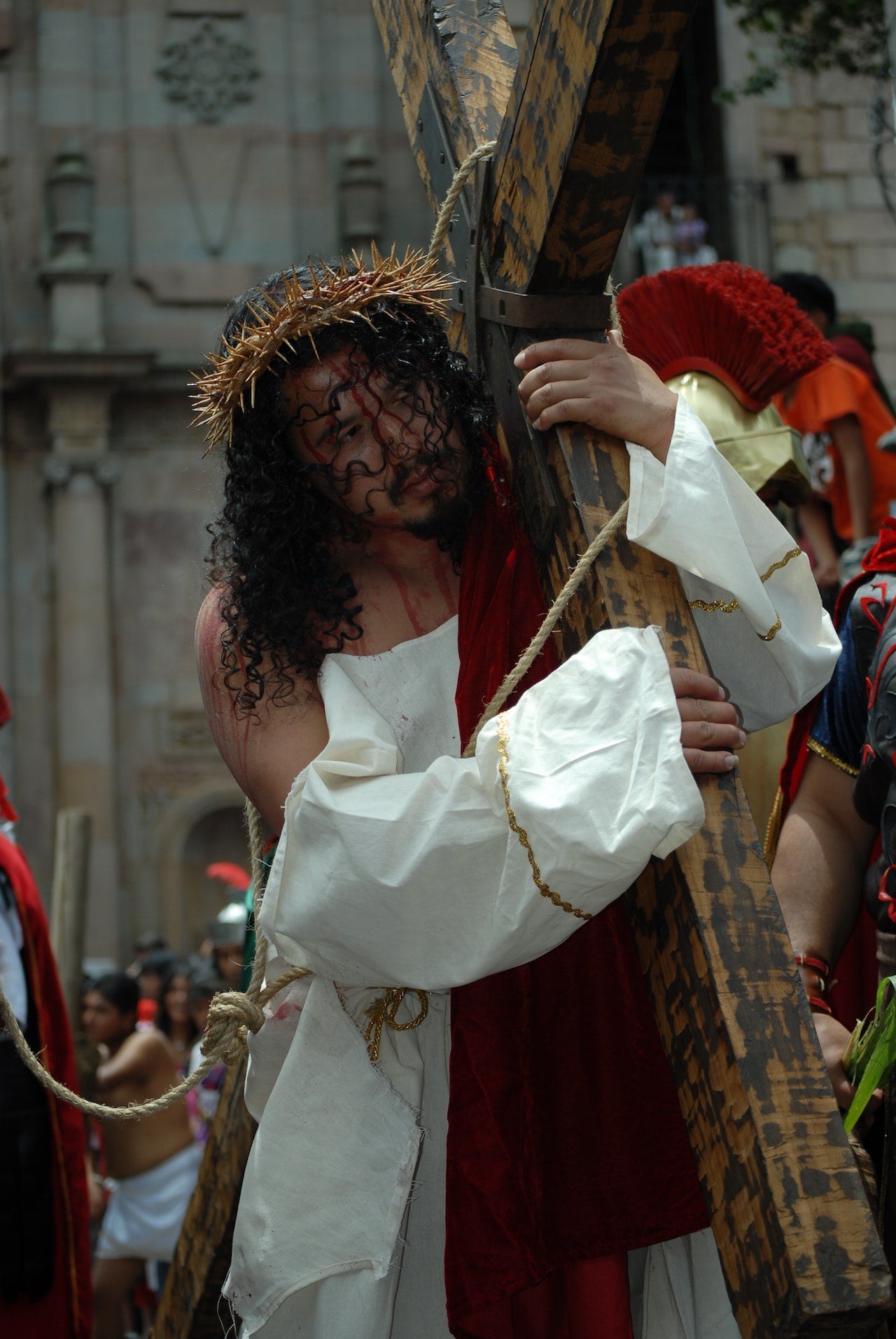
How some religions count on these to keep their faith renewed.
Throughout the world, there are perhaps thousands of philosophies and reasonings that some worshippers use to apply to their show of devotion to a chosen religious belief. But, overall, from a societal stand, we also strive to prove our integrity, word, or promise by truly committing to keeping our name in good standing.
The Law of God's Word.
Such it was, for example, throughout the middles ages, serfs and common dwellers, even soldiers, knights, and paladins would swear loyalty to the Liege by swearing on a weapon, a sacrifice, or talisman to prove his vow. Should that word be broken, the penance would be a sentence of punishment passed by law by the Liege as a show of leniency and mercy.
To humble before God, with the recitation of sacred prayer to affirm our acceptance of penance, we promise to repeat the holy words as handed out in our sentence of forgiveness. An act of contrition, using the Rosary to mark each rotation of prayer is symbolic of the biblical reference to roses by Solomon when he compared the beauty of a rose to the beauty and power of the blessed Mary, the Mother.
The Paternostos
The evolution of the Rosary wasn't established until somewhere between the 12th and 15th centuries when villagers surrounding the monasteries of the Ancient Celts became mesmerized by the repetition of the hymns. The difficulty was the inability to adapt to the stalwart rigid structure of both language and form, so it was suggested then to make it easier for the congregations of people to recite the Lord's prayer as common by rote to an acceptable level of equal penance or show of devotion; 150 times.
The Rosarium Psalter
But how were they to monitor and keep track of their progress throughout their daily devotional? Another system was then devised using a cord and 150 stones tied in a long string of knots, but the finished string's weight made the process cumbersome. By using a smaller round of 50, the adjustment to reach the total was to make three cycles of the prayers of the Creed; The Lord's Prayer,
3 Hail Marys, the Doxology, or Kaddish to formally end the ritual followed up with the Salve Regina.
The divine grace and the luminous mystery.
By the 1700s, the further streamlined rosarium was defined as being a widely accepted narrative. As religions grew to convert more believers, the beads were divided into ten, with each now known as a decade.
Recited in a series of five times, one for Joy, one for sorrow, and one for glorious, two remain as mysteries that may be the illumination as to why so many worshippers continue to rely on the history of the beads, the forgiveness of all sins and the gift of life everlasting.
Just as the knights, paladins, monks, and prophets, we devote ourselves to continue our penance until our sentence is finished.







